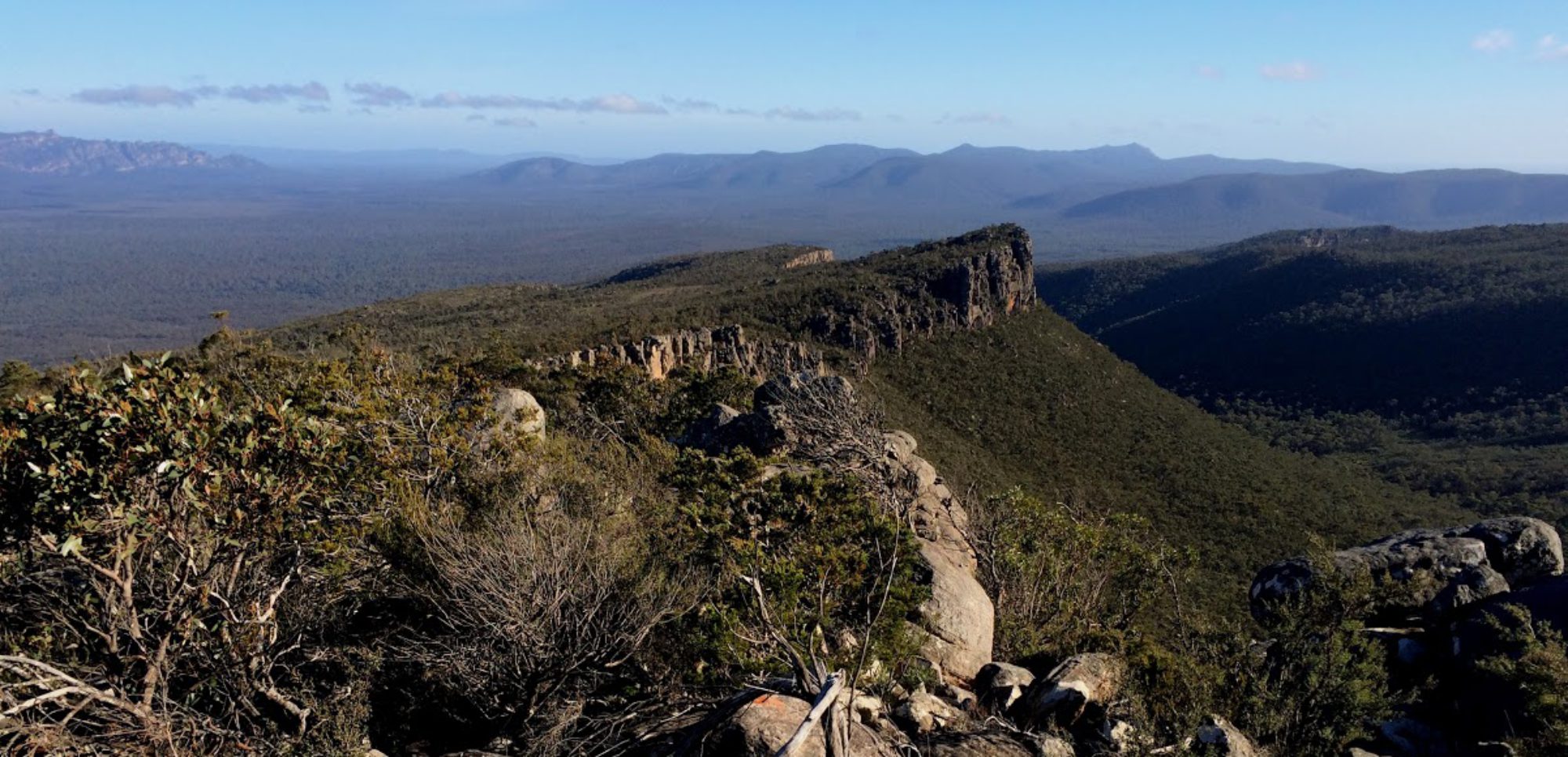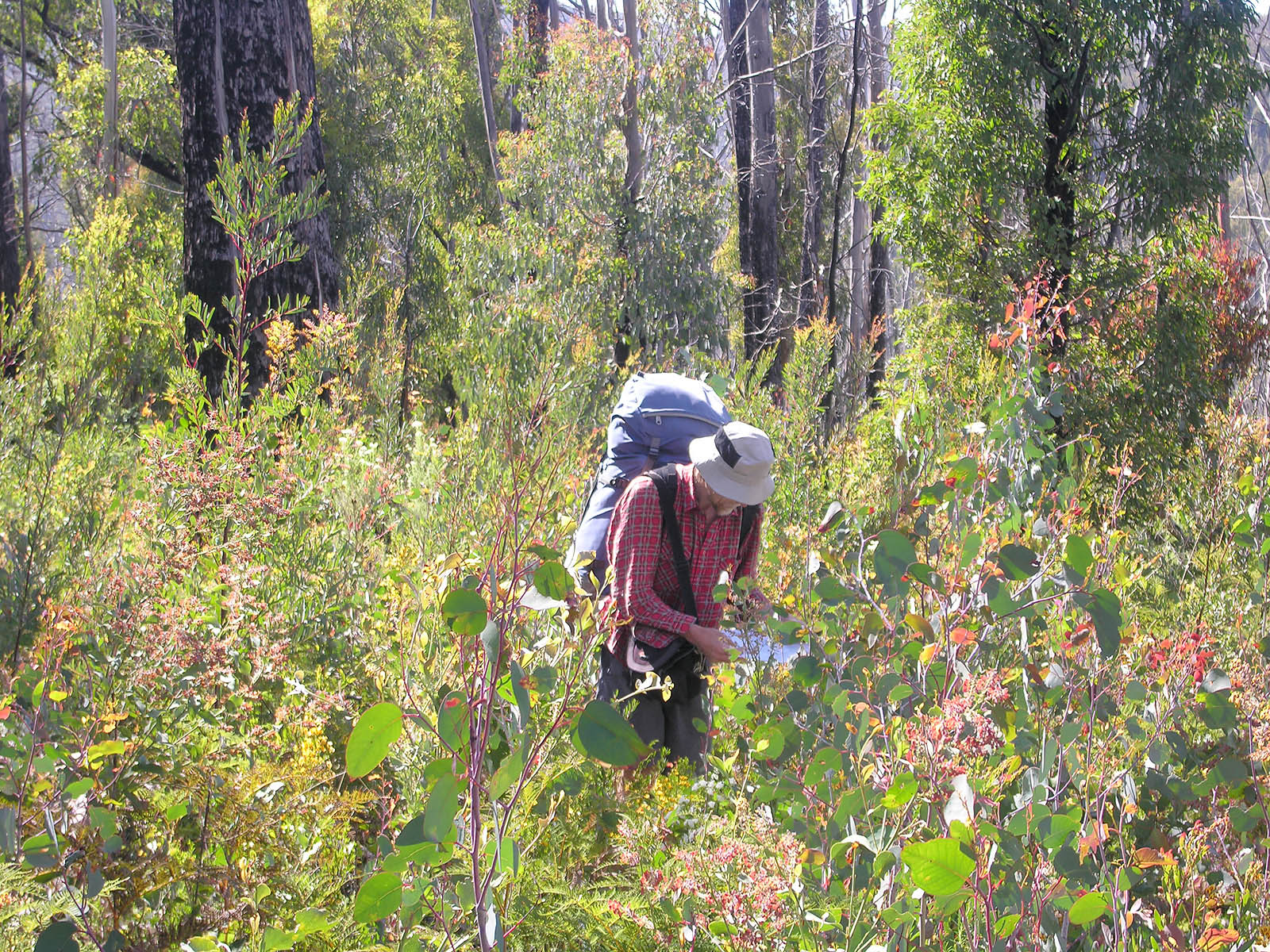Reading Time: < 1 minute
If you are lost:
- Stop. Sit down and think.
- Think carefully about how the situation arose: Too far uphill? Too far downhill? Location of the campsite or the track – on a ridge or in a valley? Rough direction using the sun?
- Can you retrace your steps? If so, mark your progress by leaving toilet paper squares, broken branches, scratches on the track surface, etc
- Gaining some height may assist in orientation and communications
If above does not help STAY WHERE YOU ARE.
- Call 000 and ask for Police if there is mobile or satellite phone reception.
- Activate emergency communication device if you have one e.g. PLB, SPOT or InReach
- Stay together. If you are in a group stay together, never separate.
- Stay warm and dry. It can take a considerable time for rescuers to reach you.
- Ration your food and water. Source local water if possible and it is safe to do so. Minimise movement to conserve energy.
- Shelter. Find and/or prepare shelter (e.g. shade, out of the wind and rain, off the snow) if hot or cold , tired or it gets dark .
- Make your position visible to searchers on land and in the air; e.g. lighting a fire or leaving bright clothing or equipment in an open area that can be seen.
- Light a fire if you have the means and it is safe to do so. Green leaves will create smoke.
- Listen carefully for voices, shouts, whistles, engine noises, etc and respond.
- Distress signals. Give audible or visible signals – three consecutive signals at regular intervals (e.g. three shouts, whistles, flashes of a torch, waving bright items) if people or rescuers are nearby or aircraft are in the vicinity.
NOTE: help may take some time to arrive

